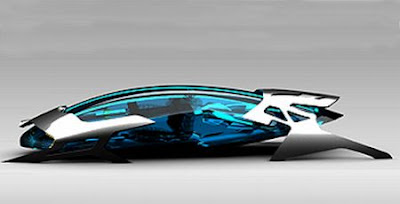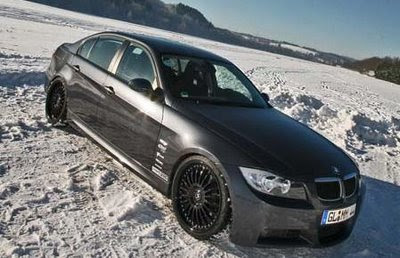
Volvo, the Swedish unit of Ford Motor Co., will not participate in the Tokyo Motor Show this fall.
"We have evaluated our participation at motor shows for 2009 to see how we can make the most out of our resources, and this year we decided not to participate at Tokyo," Volvo spokeswoman Maria Bohlin said today in an e-mail.
Ford Motor Co. said earlier this week it would not participate in the show, but a spokeswoman said she could not comment on plans for Volvo or Mazda Motor Corp.
Mazda will participate in this year's show. Last year, Ford raised $540 million by cutting its stake in Mazda from 33.4 percent to just over 13 percent, but the two automakers will continue joint ventures and the sharing of vehicle platforms and powertrains.
Ford joined General Motors and Chrysler LLC in skipping the event this year. Pullouts by non-Japanese automakers and concerns raised by some Japanese automakers stemming from the global auto sales slowdown have cast doubt on whether the October 21-22 show will take place.
The Japan Automobile Manufacturers Association will decide by early next month whether to postpone the show, Toshihiro Iwatake, JAMA's executive director, told Automotive News earlier this week.
If the event is canceled, the next Tokyo Motor Show would be in 2011, Iwatake said.
Several auto companies pulled out of the Detroit auto show, which opens to the public tomorrow. The missing companies included Nissan Motor Co., Suzuki Motor Corp., Porsche AG, Rolls-Royce and Land Rover. Mitsubishi Motors Corp. canceled its corporate presence, but local Mitsubishi dealers put together an exhibit.
Some participating automakers, including federal loan recipients Chrysler LLC and General Motors, toned down their Detroit displays and built single-story exhibition stands to save money.










